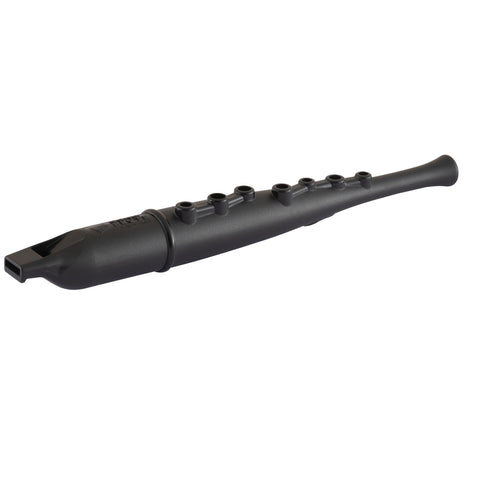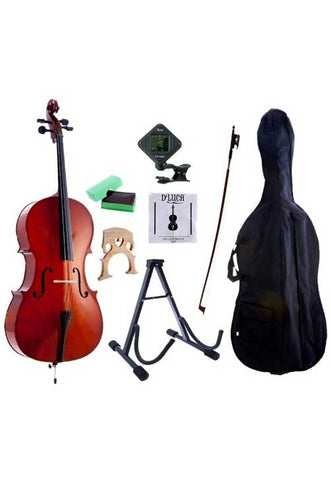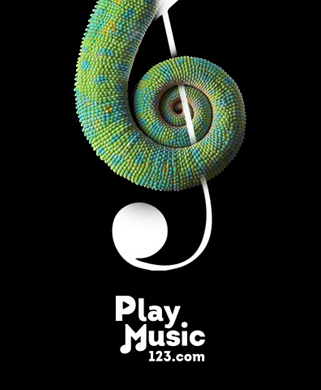PlayMusic123.com - Feb 2022
Bach Trumpet, Cornet and Fluegelhorn Mouthpieces
The history of Bach starts with mouthpieces. A century ago, trumpet player Vincent Bach began experimenting with designs and manufacturing processes to replace a broken mouthpiece. Soon after, Vincent Bach’s mouthpieces, and later his trumpets, set the standard for excellence.
In the Bach workshop, crafting a mouthpiece begins with innovative, yet classic designs and is then carved by a computer-numeric-controlled machine that shapes and cuts solid brass bars. Each step is precise within one ten-thousandth of an inch.
Because no two players have the same lip or tooth formation, what is perfect for one player may be entirely unsuitable for another. Bach produces thousands of different combinations of rims, cups and backbores so that each player can find the best mouthpiece for their individual embouchure.
Selecting a Mouthpiece
A mouthpiece consists of the rim, cup, throat, and backbore. Bringing these various components into proper relationship constitutes the art of superior mouthpiece production.
In choosing a special combination of rim, cup, throat and backbore designs, consider the effects of each.
When selecting a mouthpiece, a brass instrumentalist should choose one with a solid, compact tone of large volume. A carefully selected Bach mouthpiece can help improve a player’s embouchure, attack, tonguing and endurance.
Professional musicians and advanced students prefer the musical results of large mouthpieces, such as the Bach 1B, 1C, 11 ⁄ 4C, 11 ⁄ 2B, 11 ⁄ 2C, 21 ⁄ 2C, 3C, which provide a maximum volume of tone with the least amount of effort. By opening up the lips so that they do not touch, the larger mouthpiece produces a clearer, purer tone. The large cup diameter also allows a greater portion of the lip to vibrate, producing a larger volume of tone, and keeps a player from forcing high tones by encouraging the correct functioning of the lip muscles. However, a student may find a medium-sized mouthpiece suitable.
Do not select a certain mouthpiece because another player uses it. Because no two players have the same lip or tooth formation, what is perfect for one may be entirely unsuitable for the other. Bach produces many different models so that each player can find the best mouthpiece for their individual embouchure.

At PlayMusic123.com we carry the largest selection of Bach Trumpet, Cornet and Fluegelhorn Mouthpieces. Please visit our site for a large selection of Trumpet, Cornet and Fluegelhorn Mouthpieces.
- Wide: Increases endurance
- Narrow: Improves flexibility, range
- Round: Improves comfort
- Sharp: Increases brilliance, precision of attack
Keep in mind that playing qualities of mouthpieces vary from person to person; therefore, descriptions of playing qualities are necessarily subjective. It is important to view all information in this manual as a general guide. For best results, use it as a starting point for testing a number of models, not as a substitution for testing.
Model Numbers
Bach trumpet, cornet and fluegelhorn mouthpieces have been numbered in an orderly progression from the largest to the smallest diameters and from the deepest to the most shallow cup, each with a choice of rim designs.
Model numbers progress numerically from model #1 with the largest cup diameter, to model #20C with the smallest cup diameter. Cup depths are notated with letters. “A” cups are the deepest; standard cups have no letter designation; progressively shallower cups are marked B through F.
- “A” Models have very deep cups, #24 backbores, and emit a large, dark sound.
- Models with no letter designation have deep cups, #10 backbores, and produce a rich, full, clear tone.
- “B” Models have medium deep cups, #7 backbores, and have a full, Teutonic tone with great volume.
- “C” Models have medium cups, #10 backbores, and are preferred by many players that alternate between B b, C and D trumpet.
- “D” Models have medium-shallow cups, #76 backbores, and produce a sparkling, brilliant tone, especially in the high register. Artists who continually play in the extreme high register use them to advantage.
- “E” Models have shallow cups, #117 backbores, and are designed for use on soprano and piccolo trumpets. Also preferred by extreme high register players.
- “F” Models have extra-shallow cups, #76 backbores, and are also preferred by extreme high register players.
- “V” Models have V style cups. “V” designates a very deep cup, #20 throat, and #25 backbore; “MV” designates a medium deep cup, #25 throat, and #25 backbore; “SV” designates a shallow cup, #25 throat, and #25 backbore.
- “W” Models have a wide, cushion rim for soft, thick lips.














